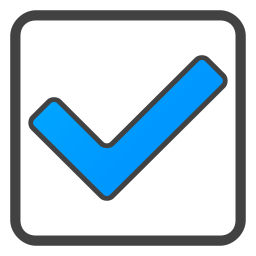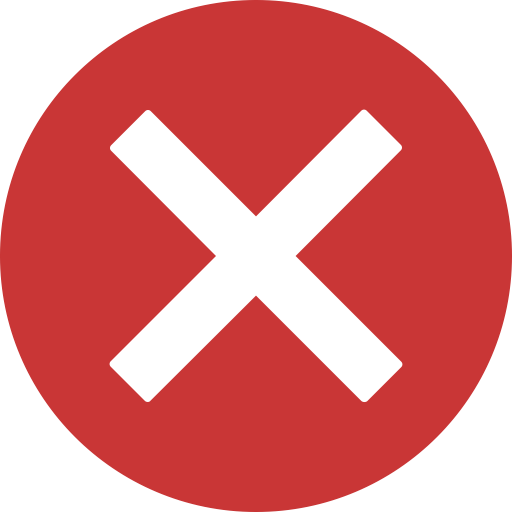323211: Fitter (General)
Skill Level: 3
Assessing Authority: TRA
Visa Options – ANZSCO 323211
| Visa Type | Eligibility | MLTSSL | STSOL | ROL |
|---|---|---|---|---|
| Subclass 189 (Skilled Independent) |  |  | - | - |
| Subclass 190 (Skilled Nominated) |  |  | - | - |
| Subclass 491 (State/Territory nominated) |  |  | - | - |
| Subclass 491 (NOT nominated by State/Territory) |  |  | - | - |
| Subclass 485 (Graduate) |  |  | - | - |
| Subclass 482 (TSS) |  |  | - | - |
| Subclass 186 (ENS) |  |  | - | - |
| Subclass 187 (RSMS) |  |  | - | - |
| Subclass 407 (Training) |  |  | - | - |
State Eligibility Summary Table – ANZSCO 323211
323211: Fitter (General)
Description
Fits and assembles metal parts and subassemblies to fabricate production machines and other equipment.
Skill Level
Occupations at Skill Level 3 have a level of skill commensurate with one of the following:
– NZ Register Level 4 qualification
– AQF Certificate IV or
– AQF Certificate III including at least two years of on-the-job training.
At least three years of relevant experience may substitute for the formal qualifications listed above. In some instances relevant experience and/or on-the-job training may be required in addition to the formal qualification.
Specialisations
- Computer Numeric Control Setter
- Diesel Fitter-Mechanic
- Fitter-Machinist
- Fitter-Mechanic
- Maintenance Fitter
- Mechanic (Diesel and Heavy Earthmoving Equipment)
- Plant Mechanic
Specialisation titles are any commonly used titles which refer to a subset of jobs belonging to the occupation designated in the principal title. These jobs involve the performance of specialised tasks rather than the broader range of tasks usually performed in the occupation.
![]()
Tasks
- Studying drawings and specifications to determine suitable material, method and sequence of operations, and machine settings
- Fitting fabricated metal parts into products and assembling metal parts and subassemblies to produce machines and equipment
- Checking fabricated and assembled metal parts for accuracy, clearance and fit using precision measuring instruments
- Setting guides, stops and other controls on machining tools, setting up prescribed cutting and shaping tools and dies in machines and presses, and setting controls for textile machines
- Forming metal stock and castings to fine tolerances using machining tools to press, cut, grind, plane, bore and drill metal
- Cutting, threading, bending and installing hydraulic and pneumatic pipes and lines
- Preparing pattern mechanisms to control the operation of textile machines used to spin, weave, knit, sew and tuft fabric
- Diagnosing faults and performing operational maintenance of machines, and overhauling and repairing mechanical parts and fluid power equipment
- May erect machines and equipment on-site
![]()
Assessing Authority
“Currently there is no known caveats applicable to this occupation”. Refer to Department of Home Affairs website for updated list
![]()


